
We’re always working on our secret sauce recipe over here. 🍔 No, not that secret sauce.
The staying-consistent-with-movement throughout the months and years kinda secret sauce.
We always THOUGHT when we were younger that the secret sauce was better willpower. And finding that ✨mOtIVaTioN✨they’re always talking about.
Until kids, work, injuries, pelvic floor symptoms and other hangups took us way off course, crushed our so-called motivation, and made us feel stiff and sore.
😳 Turns out the REAL “secret sauce” that makes regular exercise a reality is, well, REALITY.
Accept Your Life to Make Time for Exercise
We hear from a lot of moms caught in the comparison trap. Not just to other moms.
We’re talking comparison to yourself. But a former you.
Are you constantly comparing your schedule, body and mental state to that one time before your wedding/when you played college volleyball/that time you ran a half-marathon/when you used to get up at 5am for yoga?
NOT REALITY, FRIEND.
If you want to build a REAL exercise routine that fits into your REAL life, you need to accept the REALITY of what your body and schedule are like NOW. 👩👧 When you know where you stand, you know where to place your feet to move forward.
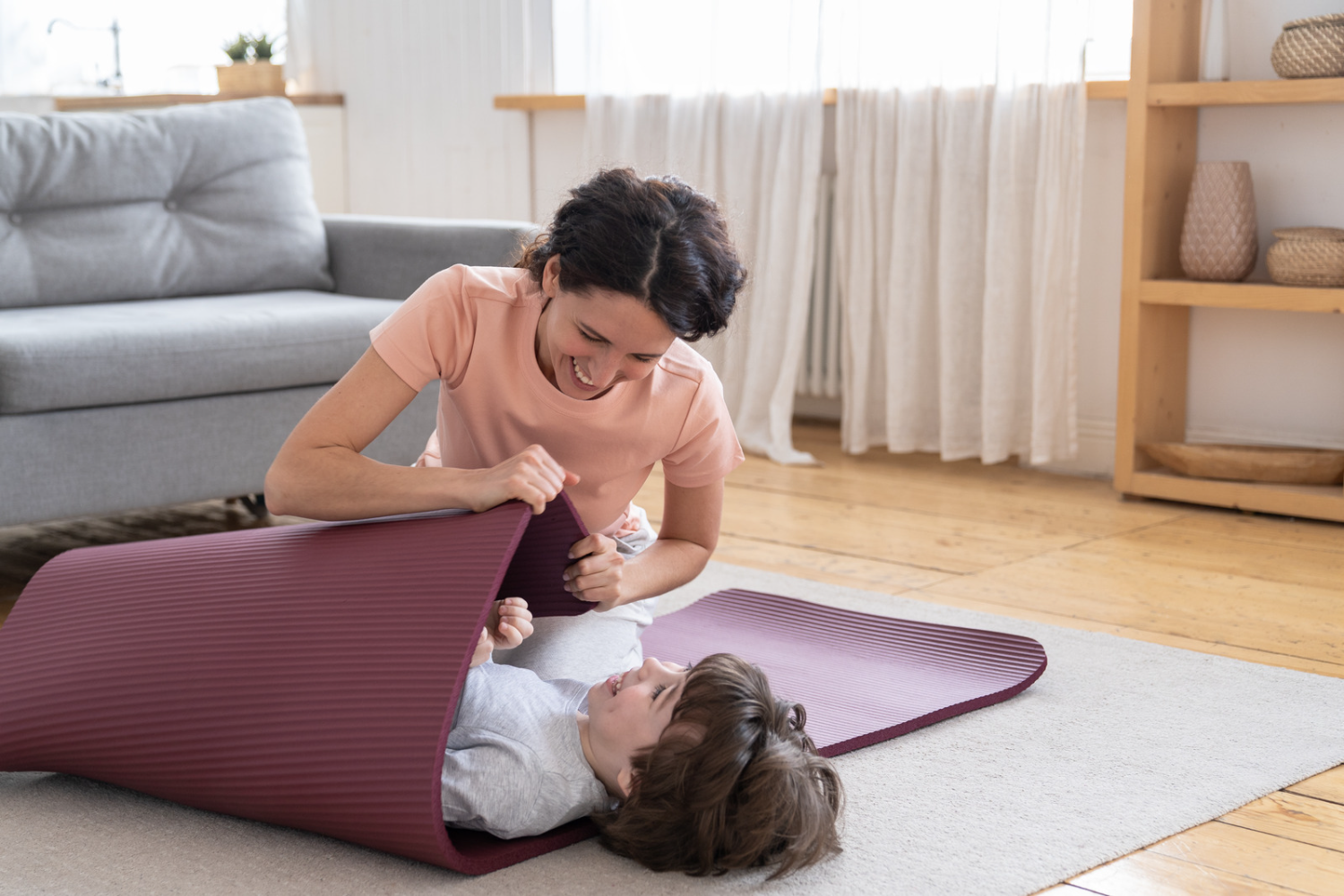
Exercise Science Can Empower + Motivate You
Next question.
Are you walking around with c 2004 fitness ‘science’ and coaching running on repeat in your head?
And are you ready to accept the REAL exercise science, even if it feels disappointing to let go of old, out-of-date, fat loss myths?
These 3 outdated fitness myths are simply not true and probably just leaving you feeling MORE overwhelmed. 🤯
Let’s wake up to 2023 and embrace reality.
1️⃣ You have to walk 10,000 steps a day.
❌ FALSE ❌
In fact, the origin of the 10K steps trend is a Japanese pedometer ad from 1964, capitalizing on Olympic fever and COMPLETELY ARBITRARILY setting a goal of 10,000 steps that would plague diet-riddled minds for decades to come. Research shows about 4000-7000 is the sweet spot for health benefits from walking. That’s like walking a few kilometres a day, easily covered in walking to and/or from drop-off, getting the dog out once or twice, or a typical day of housework and running errands.
👉 Happy truth? You probably CAN fit enough steps for good health on most days of the week! Start looking for the small opportunities to add up to just a few kilometres a day.
2️⃣ Low-impact workouts don’t “burn” as much or aren’t as effective.
❌ FALSE ❌
Far from it! Moving more deliberately and slowly doesn’t automatically lower the amount of effort; often you’ll feel more intensity and “burn” going slowly because of something called “time under tension,” ie., the longer you’re doing the hard thing, the more muscle growth you’ll encourage. The truth is that jumping and rushing builds two things: the ability to jump and the ability to rush/move quickly. You don’t need high-impact exercise to build strength, mobility, or endurance.
👉 Happy truth? If you don’t like jumping and running, have joint pain or leak a bit, you can breath a sigh of relief. Your workouts aren’t ‘less effective’ because they’re lower-impact or not at breakneck speed.
3️⃣ You should be sore after every workout.
❌ FALSE ❌
If you’re moving your body regularly in short, manageable chunks you’re most definitely building strength, body confidence and mobility. You’ll also stop feeling sore after each workout once you’ve got some consistency. Delayed muscle soreness typically only happens when a stimulus (e.g., workout or other physical activity) goes past your comfort zone for a sustained effort. If working out is part of your regular routine, you’ll only get soreness when you increase the weight, try something new or perhaps go for longer or with a deeper range of motion than you have been.
👉 Happy truth? You’ll feel sore when you naturally bump up to a new level and squat lower or reach for the heavier dumbbells because you’ve put in the consistent effort and many days at the previous level. Not every workout should feel like it’s “breaking records.” If it’s so hard it makes you nervous, it’s too much intensity, too much weight, and/or too much volume.
Understanding exercise science help YOU see how exercise could feel more manageable and less uncomfortable! Hey, you might even start liking it after a while if you’re not trying to kill yourself with it all the time. 😅
What would you add to this list? 👋 Or what fitness myth have you recently learned isn’t true? Share in the comments!
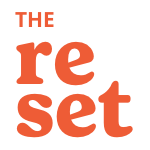

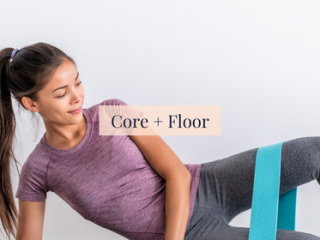
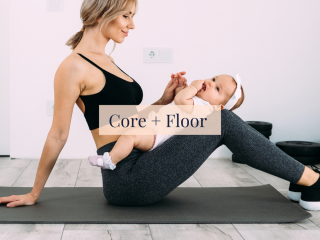
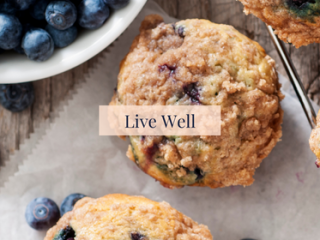

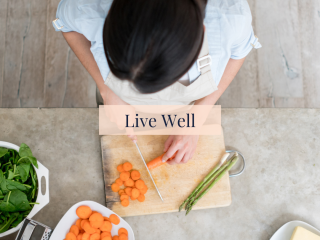


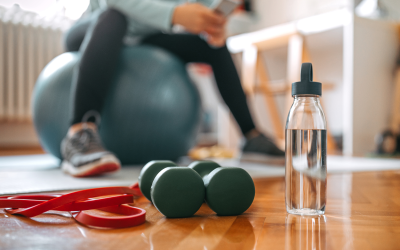
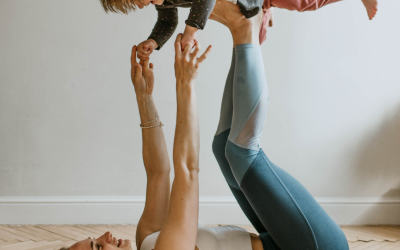
0 Comments